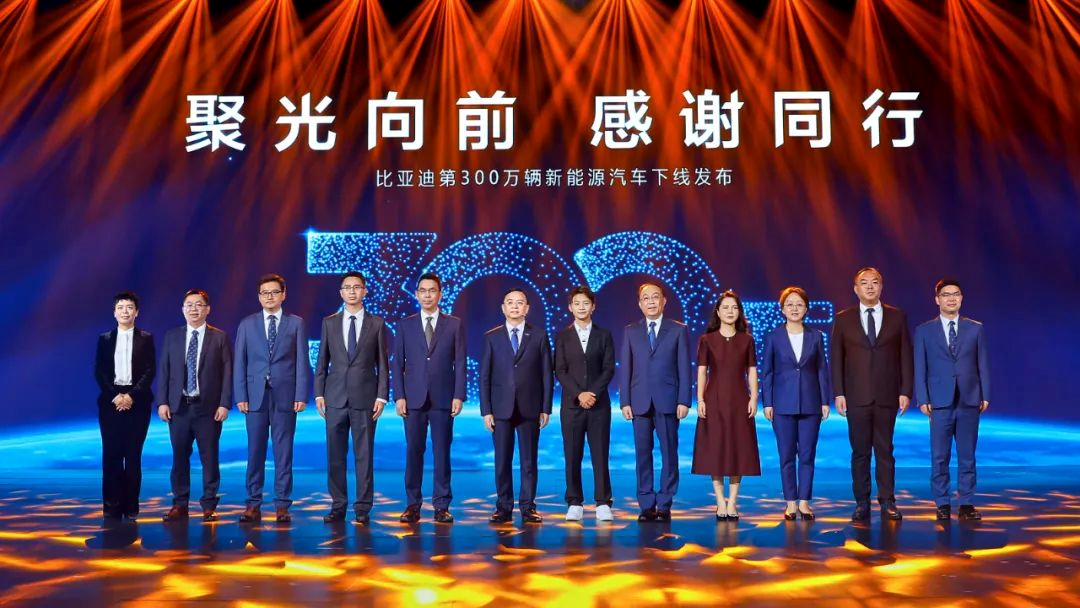Author | Tian Hui
Editor | Qiu Kaijun
BYD has completed its coronation as the world’s first company to produce three million new energy vehicles.
Divided into three million vehicles, BYD has become increasingly efficient:
The first million took 13 years;
The second million took one year;
The third million took half a year.
BYD’s growth trajectory is somewhat detached from the smooth growth curve of traditional manufacturing, more like the exponential growth models of internet companies.
Starting with batteries, BYD did not enter the automotive industry until 2003. In 2008, the company delivered its first new energy vehicle. In 2022, it reached the milestone of producing three million vehicles and became an important supplier in the new energy vehicle industry chain. BYD’s journey from 0 to 3 million is also the history of the development of the new energy vehicle industry, and the two are deeply intertwined.
While China was still developing its capabilities in new energy vehicle research and development, BYD had already launched mass-produced vehicles and led the industry.** When China’s new energy vehicle industry chain led the world, BYD also embarked on the journey of going overseas and taking the lead in entering the global automotive market.**
Vertical integration and self-research and development throughout the entire industry chain are the new energy vehicle development model pioneered by BYD. Today, the company’s three core technologies are electric motors, batteries, and chips.
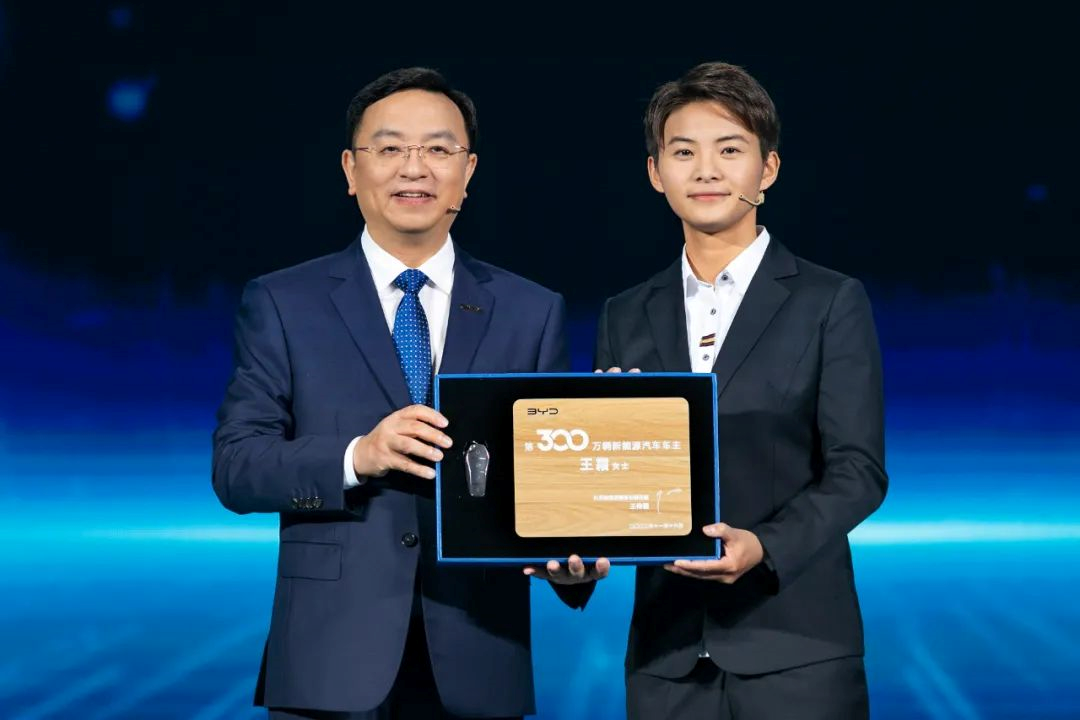
Looking back at BYD’s history and studying its development process and future direction at the milestone of producing three million vehicles, it is significant to both the industry and BYD.
Why BYD? How did BYD achieve its current success? And how will BYD continue to break through in the future?
“Persistency” is the answer to these questions.
13 Years: 3 Million Vehicles
The development of new industries cannot be separated from the continuous innovation and persistence of leading enterprises.
IBM for personal computers, Apple for smartphones, and DJI for unmanned aerial vehicles are all examples.The Chinese new energy vehicle industry and BYD are like the double helix DNA structure, symbiotic and growing together.
BYD produced three million new energy vehicles in 14 years, while the Chinese new energy vehicle industry produced 13 million in almost the same amount of time. Together, they have become the world’s best-selling brand, changing the global car industry development pattern.
Looking back, the success seems to have happened in a flash, but reviewing the development journey of new energy vehicles, it is clear that the key to BYD and the Chinese new energy vehicle industry’s success is their perseverance.
In 2002, BYD, which started with mobile phone batteries, discussed whether or not to make cars. Chairman Wang Chuanfu made a crucial decision: to persist in making cars, especially electric vehicles.
However, the capital market initially did not hold high expectations for this decision. It wasn’t until the first new energy vehicle, the F3DM, was launched in 2008 that the stock price caught the attention of investors once again.
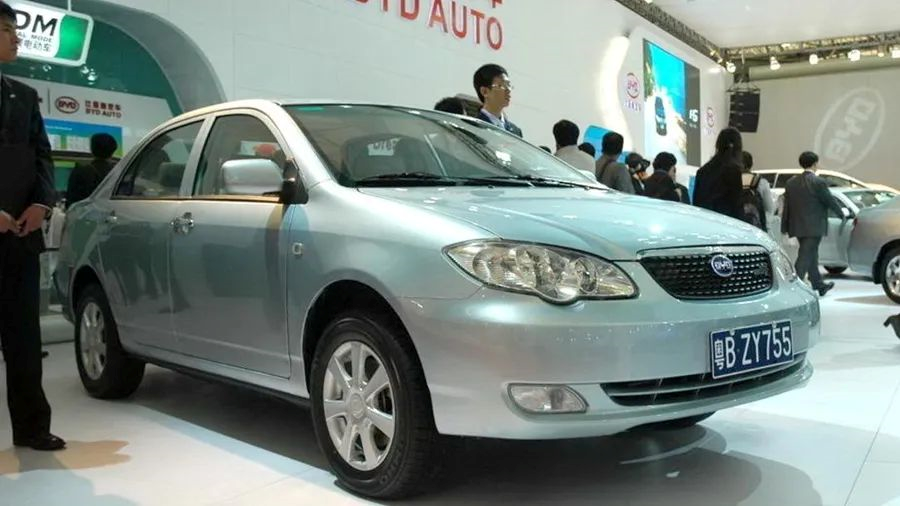
The history of the Chinese new energy vehicle industry is almost the same.
In 2004, the country issued the “Automobile Industry Development Policy,” which explicitly encouraged the development of electric and hybrid vehicle technology. In 2010, the “Ten Cities, Thousand Vehicles” pilot project kicked off, marking the beginning of the development of new energy vehicles.
At the time, car manufacturers in Europe, Japan, and the United States did not believe that new energy vehicles would be the future direction of development. They hesitated between pure electric, plug-in hybrid, and hydrogen fuel and were reluctant to make changes while holding onto the huge profits of the traditional fuel vehicle market.
China was steadfast in promoting the development of new energy vehicles on a global scale and launched industry support policies.
The volatility of the capital market did not affect BYD’s confidence in developing new energy vehicles. The company gradually established a vertically integrated industrial chain layout, with core technologies covering the entire industry chain, such as vehicle power, batteries, motors, electric control, and chips. This enabled it to lead the innovation chain benchmark and achieve controllable independent development of the industrial chain.
 After 20 years of insisting on car manufacturing, BYD has achieved great success. The self-developed IGBT chip, blade battery, DM-i, e Platform 3.0, and other technologies have enabled BYD to achieve car sales of 1.39 million vehicles in the first ten months of this year, becoming the best-selling single-brand in the Chinese market, and accounting for over 30% of the market share in the new energy vehicle market. BYD has also led the overall market share of new energy vehicles and continuously exceeded the thresholds of 15%, 20%, 25% and 30%, becoming the leading category in the market.
After 20 years of insisting on car manufacturing, BYD has achieved great success. The self-developed IGBT chip, blade battery, DM-i, e Platform 3.0, and other technologies have enabled BYD to achieve car sales of 1.39 million vehicles in the first ten months of this year, becoming the best-selling single-brand in the Chinese market, and accounting for over 30% of the market share in the new energy vehicle market. BYD has also led the overall market share of new energy vehicles and continuously exceeded the thresholds of 15%, 20%, 25% and 30%, becoming the leading category in the market.
In March 2022, BYD announced that it will stop producing fuel vehicles and only produce new energy vehicles, becoming the world’s first automaker to complete the oil-to-electric transformation.
The outstanding sales performance of BYD is evident, and the industrial driving effect it brings should not be ignored. The Fudi Power incubated by BYD has already helped many traditional car companies to transform into electric vehicles and assisted Chinese domestic brands to improve their supply chains.
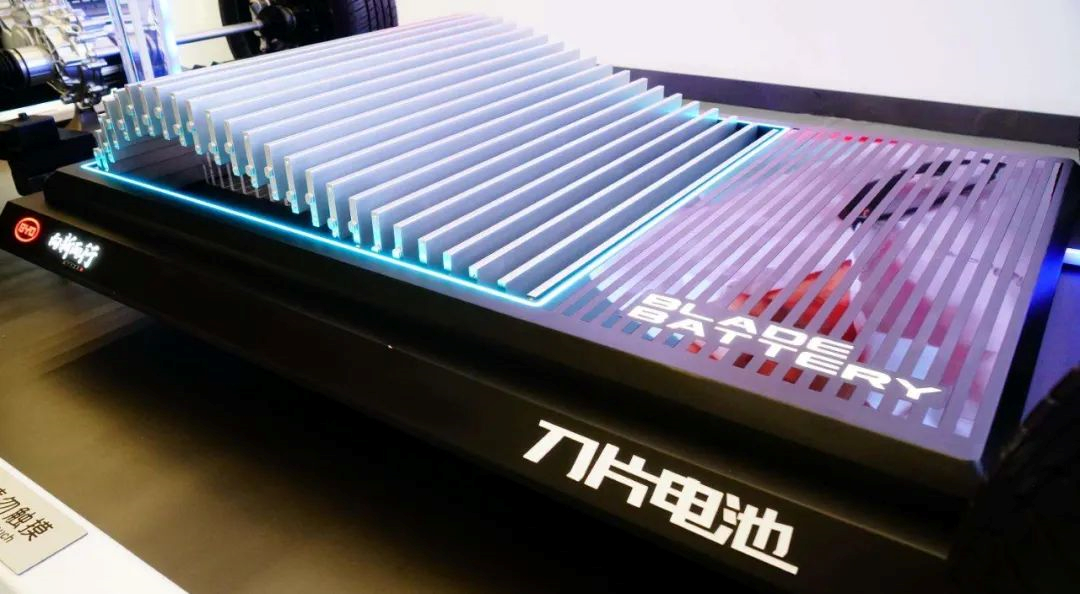
The BYD model of “self-reliance and innovation-driven by technology” has now become a benchmark for many car companies, who are developing their own core parts such as batteries and chips.
BYD’s persistence has been verified when it has produced 3 million new energy vehicles, and it has won the triple crown of global monthly, annual and cumulative sales of new energy vehicles.
Overtaking on the fast lane, brand-upgrading
Product technology is the body of a car, and brand is the soul of a car.
Transitioning from traditional cars to new energy vehicles is a process of switching tracks. Chinese automakers have the opportunity to grow stronger, but merely perfecting product technology is not enough. They also need to establish their own brand.
BYD has already achieved a position of leadership in technology and products.
BYD has applied for more than 38,000 patents worldwide, and authorized more than 26,000 patents to others.
BYD’s plug-in hybrid technology has been upgraded to the DM-i super hybrid, with a lower vehicle fuel consumption than that of Japanese hybrid cars. The DM-p hybrid, which pursues performance, has brought mid-size and large sedans into the 3-second acceleration club, equivalent to million-dollar gasoline V8 performance cars.
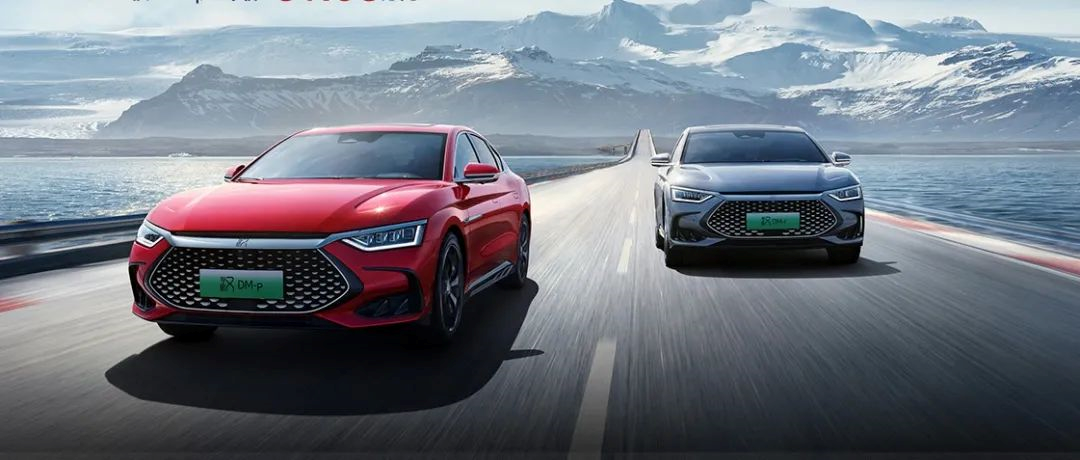 The technology of BYD’s pure electric vehicles has been upgraded to version 3.0 on the E platform. Based on heat pump vehicle thermal management system technology and high-voltage platform technology, it surpasses its peers among automakers.
The technology of BYD’s pure electric vehicles has been upgraded to version 3.0 on the E platform. Based on heat pump vehicle thermal management system technology and high-voltage platform technology, it surpasses its peers among automakers.
After changing gears, BYD successfully “overtakes” foreign brands in terms of sales.
Han Tang is a high-end new energy vehicle with a starting price of over CNY 200,000. It has a stable monthly sales volume of 50,000 units, and the monthly sales volume of its entire lineup is over 200,000 units, making it the best-selling single brand in the Chinese market and the world’s best-selling new energy vehicle brand in terms of monthly and annual sales.
After surpassing its peers in technology, products, and sales, BYD is now aiming to surpass its peers in branding. At the press conference for the 3 millionth new energy vehicle to roll off the production line, BYD Chairman Wang Chuanfu announced the new brand framework for the future.
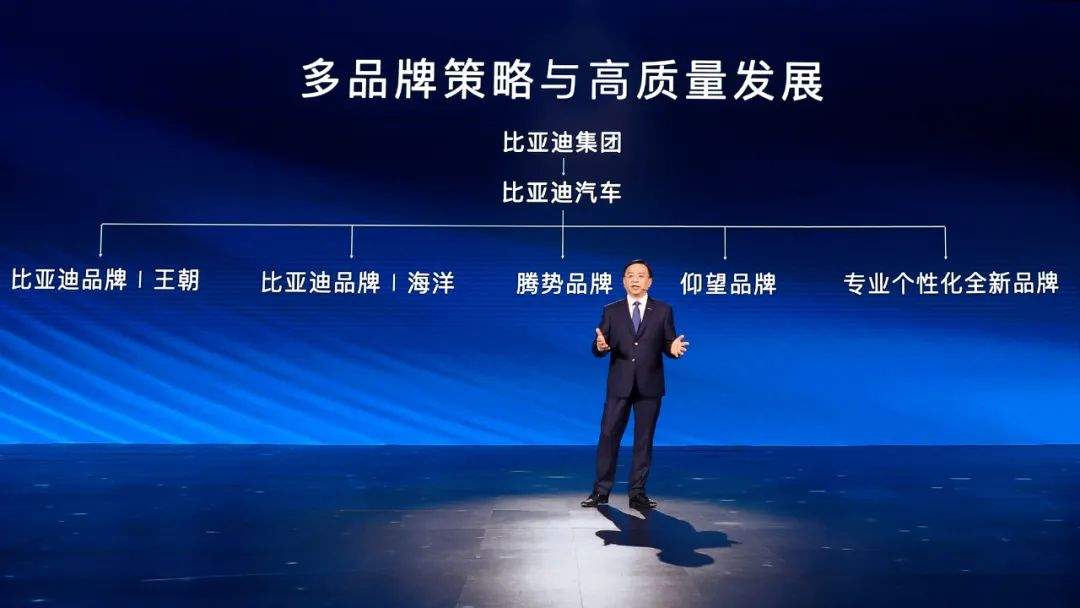
Dynasty: National culture and luxury experience
Ocean: Marine culture and youthful sports
Tangshi: Wisdom, safety, and new luxury
Looking up: A brand-new, multimillion-dollar high-end brand built on disruptive technology and products
Professional personalized brand (unnamed): Professional-grade products to help everyone fulfill their dreams and add color to their lives
After the brand plan is implemented and products gradually coming to market, BYD will not only show its strength in the field of new energy vehicles, but also become an automobile group that owns multiple brands and can provide full range of automotive products, joining world-class automobile brands such as Mercedes-Benz, BMW, Volkswagen, and Toyota.
From the Eastern Hemisphere to the Western Hemisphere
After driving the transformation of the Chinese automobile market towards new energy, BYD is accelerating its steps out of the country.
As early as ten years ago, BYD’s commercial new energy vehicles began exporting overseas and have now entered 76 countries and regions worldwide. Since 2021, BYD’s new energy passenger cars have also begun to go overseas.
Relying on the geographical advantages of mainland China, BYD has quickly entered various countries and regions in the Eastern Hemisphere. Since this year, it has successively started selling new energy vehicles in developed countries such as Japan, Singapore, Australia, and New Zealand. Through building factories in Thailand and combining its domestic exports, it has gradually entered the market of ASEAN countries.
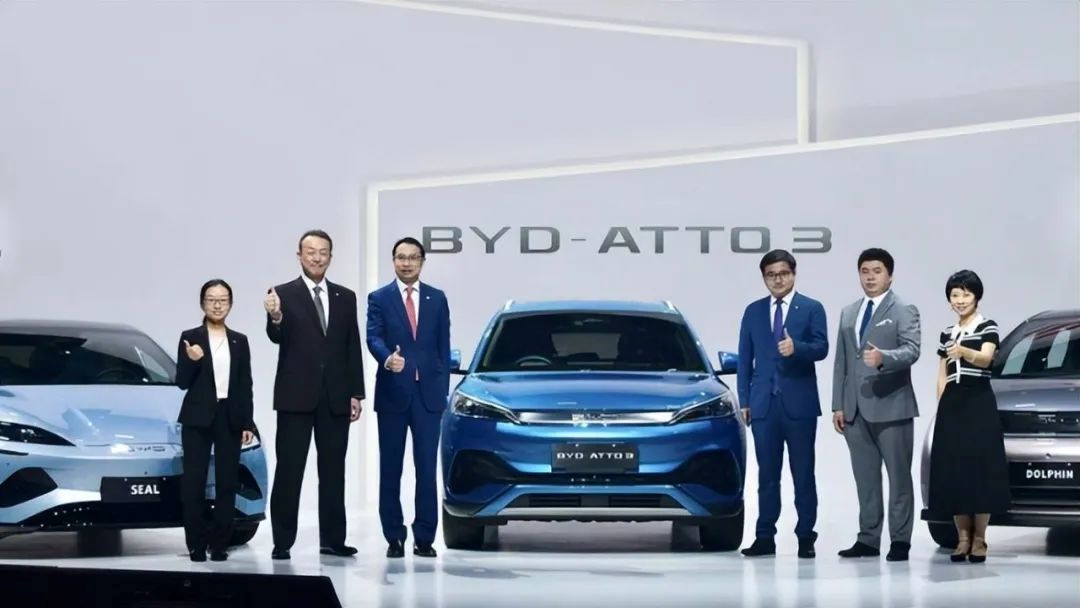
In the Eastern Hemisphere, BYD new energy vehicles have become a phenomenon. After being launched in New Zealand, it became the second best-selling new energy vehicle brand locally in the first month. After being launched in Singapore, it became the champion in local new energy vehicle sales in the first month. In Thailand, consumers had to queue overnight to reserve their cars.
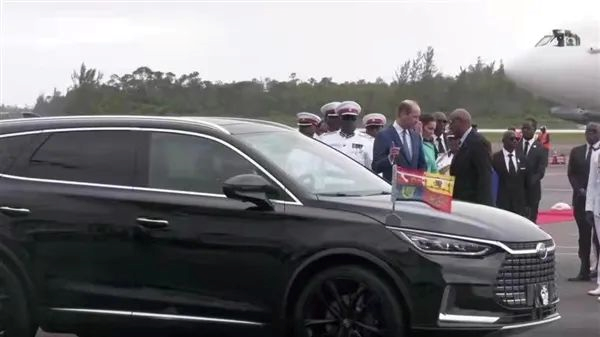
In South America in the Western Hemisphere, BYD Tang new energy SUV has become a reception car for VIPs in Panama. In countries such as Chile and Brazil, BYD new energy vehicle sales have started to gain momentum.
The global impact of BYD has taken traditional automotive powerhouses by surprise. The BYD booth at this year’s Paris Auto Show attracted numerous politicians, including the President of France.
By the end of this year, BYD will sell new energy vehicles in traditional automotive powerhouses in Europe, such as Sweden, Germany, France, and the United Kingdom.
In terms of sales, the BYD Tang EV model launched in the Norwegian market has been consistently among the top sellers in local new energy vehicles for multiple months.
BYD is not only in China, not only in the Eastern Hemisphere, not only in the Western Hemisphere, but all over the world. BYD is ready to promote new energy vehicles in every regional market, promote sustainable development of human society, and implement its environmental protection concept, aiming to reduce the temperature of the earth by one degree Celsius.
Looking up at the starry sky and the sea, the dynasty rises with momentum
BYD’s persistence for 20 years has led China’s automotive industry to a new height. What about the next 20 years for BYD?
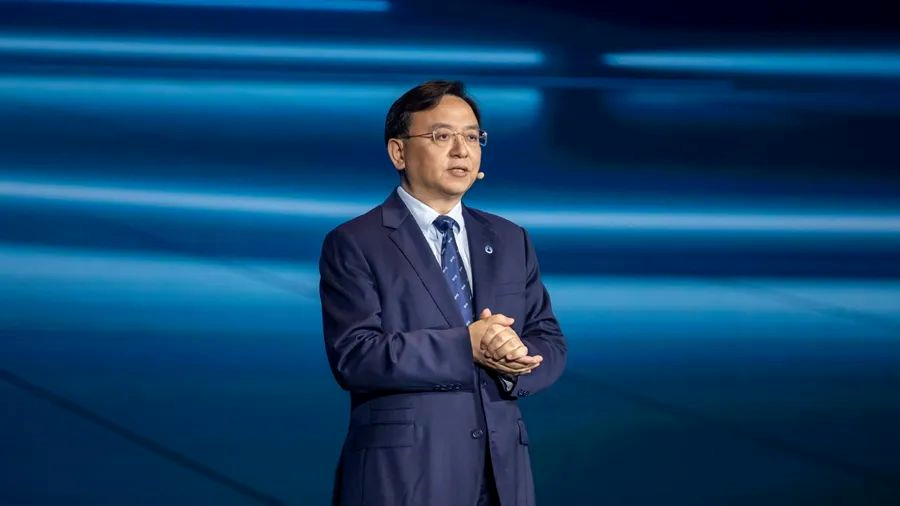
At the ceremony of the offline production of the 3 millionth new energy car, Wang Chuanfu said:
“China’s new energy vehicle has achieved great success, and the horn of a new journey has already sounded. BYD will heip the global new energy vehicle industry move forward and help humanity towards a beautiful and sustainable green future.”
When looking back at the history of BYD’s car manufacturing journey, it has taken 20 years to rise with great momentum and change the pattern of the automotive industry.# BYD’s Strategy for the Future
BYD has already laid out their strategic plan for the future. Their goal is to look to the stars and sea, promoting sustainable and green human development for the next 20 years.
“Looking to the stars and sea, BYD launches towards prosperity,” is their motto.
BYD’s persistence and dedication over the past 20 years will surely be remembered in the annals of the automotive industry.
-END-
This article is a translation by ChatGPT of a Chinese report from 42HOW. If you have any questions about it, please email bd@42how.com.
